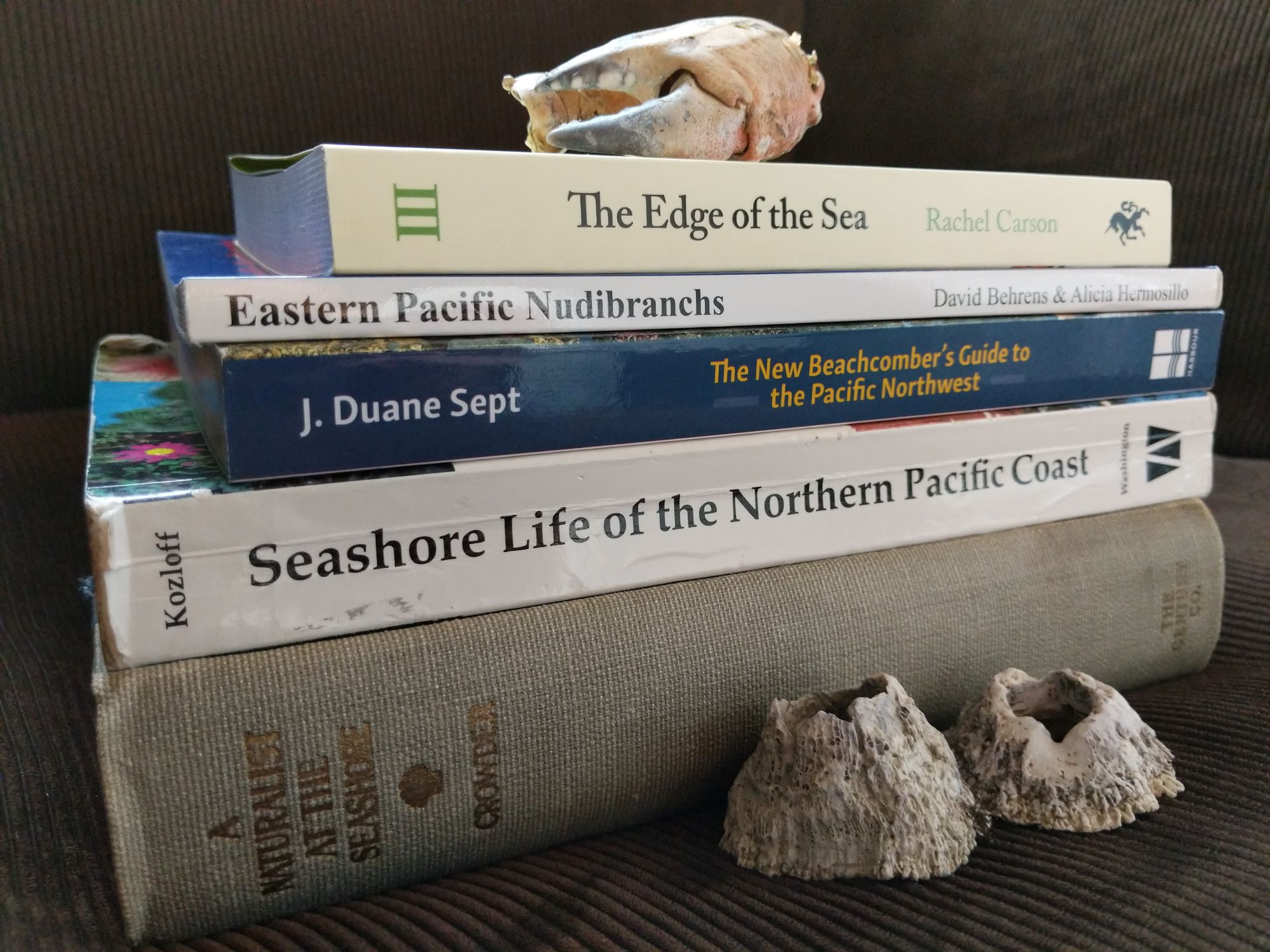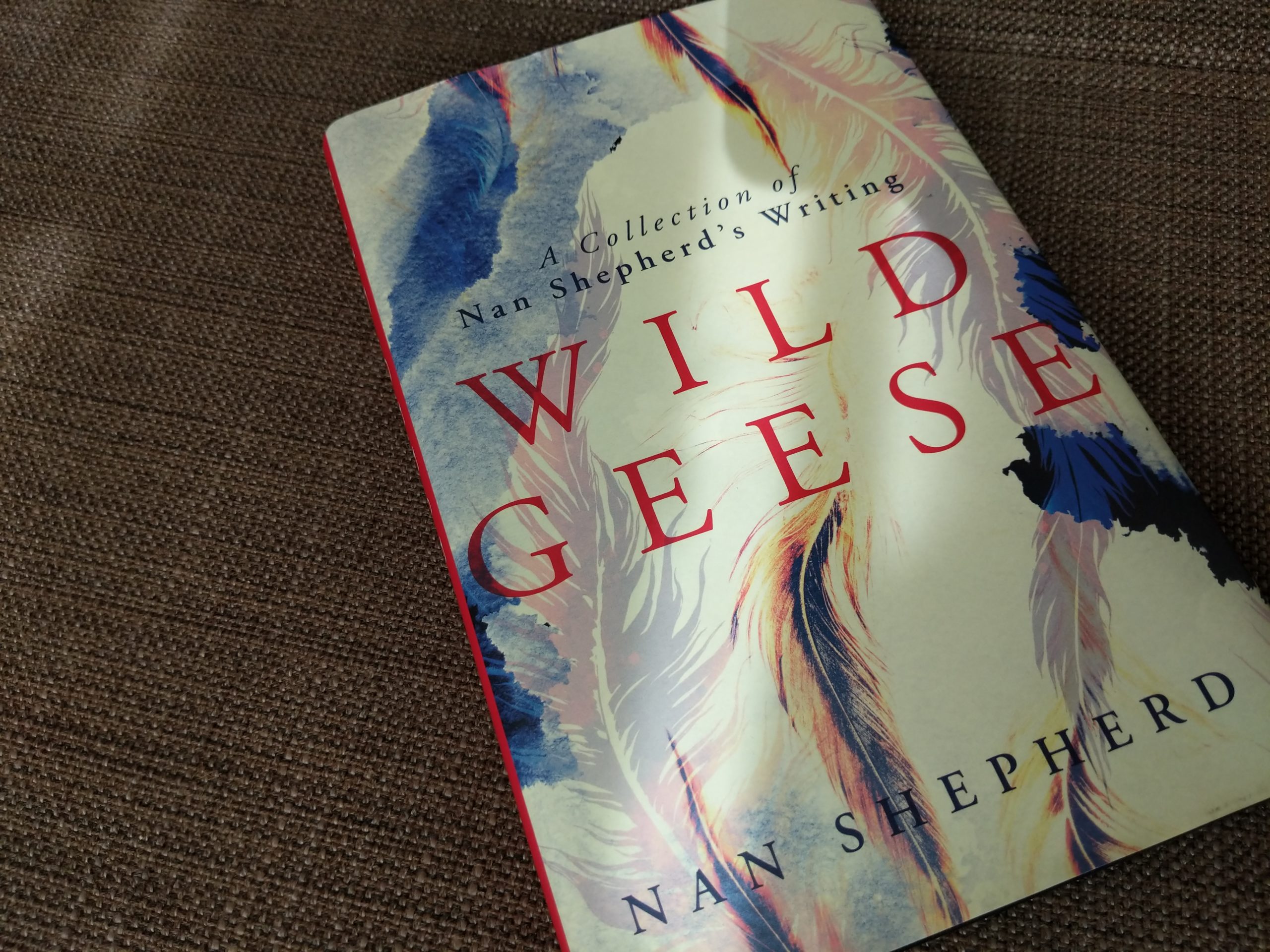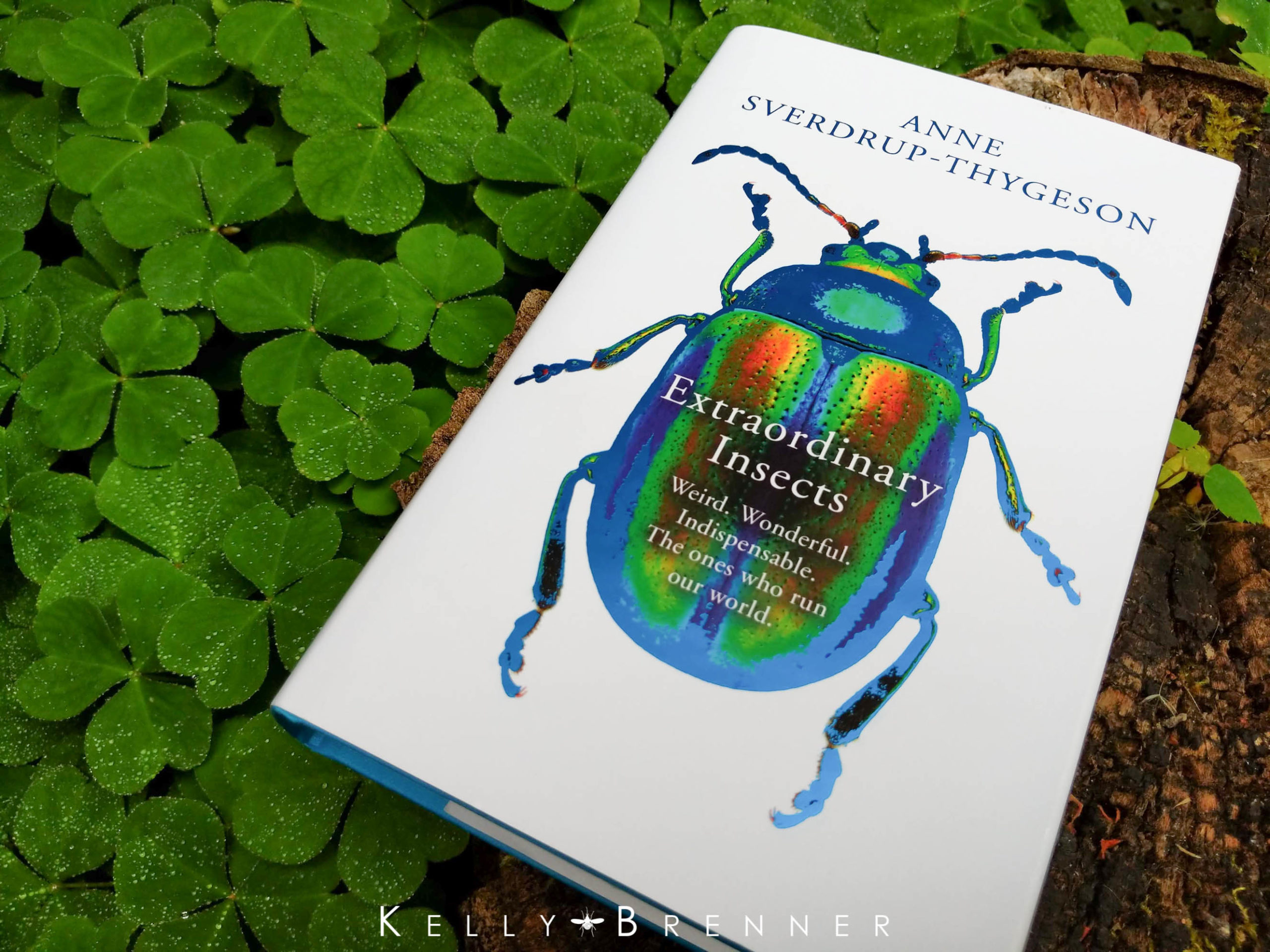This post was originally published on Native Plants & Wildlife Gardens.
 If you are looking for a good book, one that will completely alter the way you view plants, What a Plant Knows: A Field Guide to the Senses by Daniel Chamovitz will fit the bill. You’ll never look at, or touch a plant without thinking about how they sense the world, including you, again. The book is divided into senses, starting with the ones we share, such as sight, smell and feel, including a lengthy discussion on exactly how a plant doesn’t hear, despite common belief. It then goes on to senses which are a little more complex including what a plant remembers and how it knows which way is up.
If you are looking for a good book, one that will completely alter the way you view plants, What a Plant Knows: A Field Guide to the Senses by Daniel Chamovitz will fit the bill. You’ll never look at, or touch a plant without thinking about how they sense the world, including you, again. The book is divided into senses, starting with the ones we share, such as sight, smell and feel, including a lengthy discussion on exactly how a plant doesn’t hear, despite common belief. It then goes on to senses which are a little more complex including what a plant remembers and how it knows which way is up.
While we can’t ever get an exact sense of what it’s like to be a plant, Chamovitz paints an interesting picture which helps us try to see the world through a plant’s eyes, so-to-speak. He does this by first explaining how humans perceive the world through each sense before comparing it to the way plants execute similar senses. If biology is not your forte you may find yourself slogging through certain paragraphs because a discussion on the basics of how cells function together is essential to understanding how a plant senses. However, he describes these complex ideas by using somewhat simple analogies, which helps.
Once we have a comparison on how we as humans sense and how plants achieve similar goals, it’s fascinating to compare and contrast. Needless to say it’s dramatically different since plants have very different structures and of course, no brains. While it may be difficult to imagine seeing or feeling in the same way, you’ll be fascinated how plants have evolved to sense the world around them. It’s also amazing how similar we can be at the same time.
The book is full of scientific studies which have helped us to understand plants over time. It’s interesting to read, because many of the studies discussed started out trying to answer another question, but when they found a plant react in an unexpected manner, it prompted a brand new discovery. Some of the scientists featured in the book are also interesting including Darwin, though famous for evolution, was also an avid botanist who made several great discoveries. I found the discussions on the discovery of plant senses particularly fascinating because the book discusses the earliest discoveries of a sense and then many of the future studies which either confirmed or changed the original hypothesis. Also discussed about the studies is how creative many of them were, including several aboard the International Space Station.
What this book isn’t is a lesson in botany or horticulture. It doesn’t take much time to describe how a plant grows or their biology unless it relates to their senses. If you’re looking for a botany primer, you’ll want another book. However, if you have taken a class or read a botany book, it will go a long way to helping explain the ideas in this book. It’s also not a book that will connect you to the spirituality of plants. However if you’re looking to connect with plants via a scientific understanding of the way they function, which to me is just as beautiful, this book will give you that.
This book is full of fascinating knowledge that even the biggest plant nerds might not be aware of. I found many ideas about plants I didn’t know including that plants know when they’re being touched. Not only do they know they’re being touched, but they remember that they’re being touched. The idea that plants have a sort of memory is also fascinating. One of the most interesting concepts was how a plant can sense gravity. See the link below for an overview of how a plant accomplishes this. I won’t divulge too many secrets on the way plants sense because it’s more fun to read this book and be surprised at each turn of the page.
Here are a couple of interesting articles discussing some of the concepts in the book:
How Do Plants Know Which Way Is Up And Which Way Is Down: NPR
Do Plants Smell Other Plants? This One Does, Then Strangles What It Smells: NPR
About the book:
Q&A with Daniel Chamovitz on Scientific American
Follow Daniel Chamovitz on Twitter





